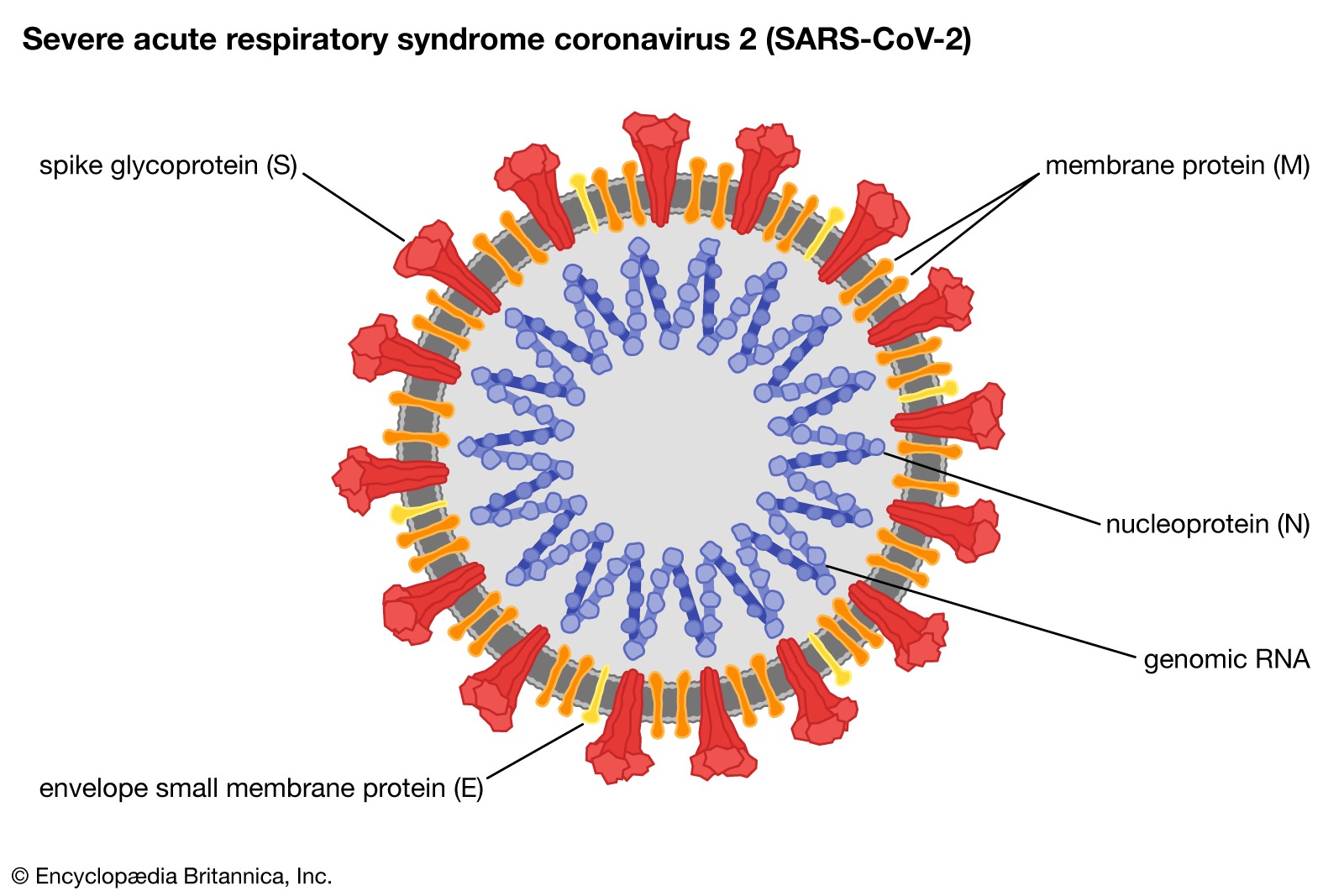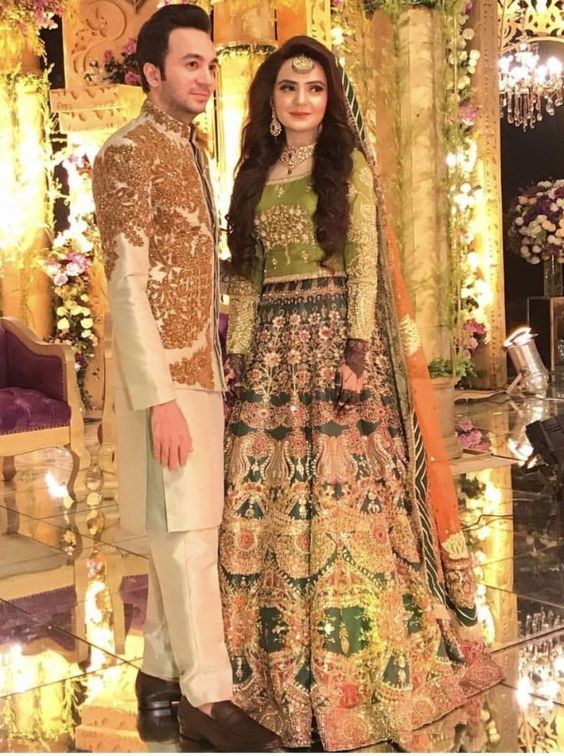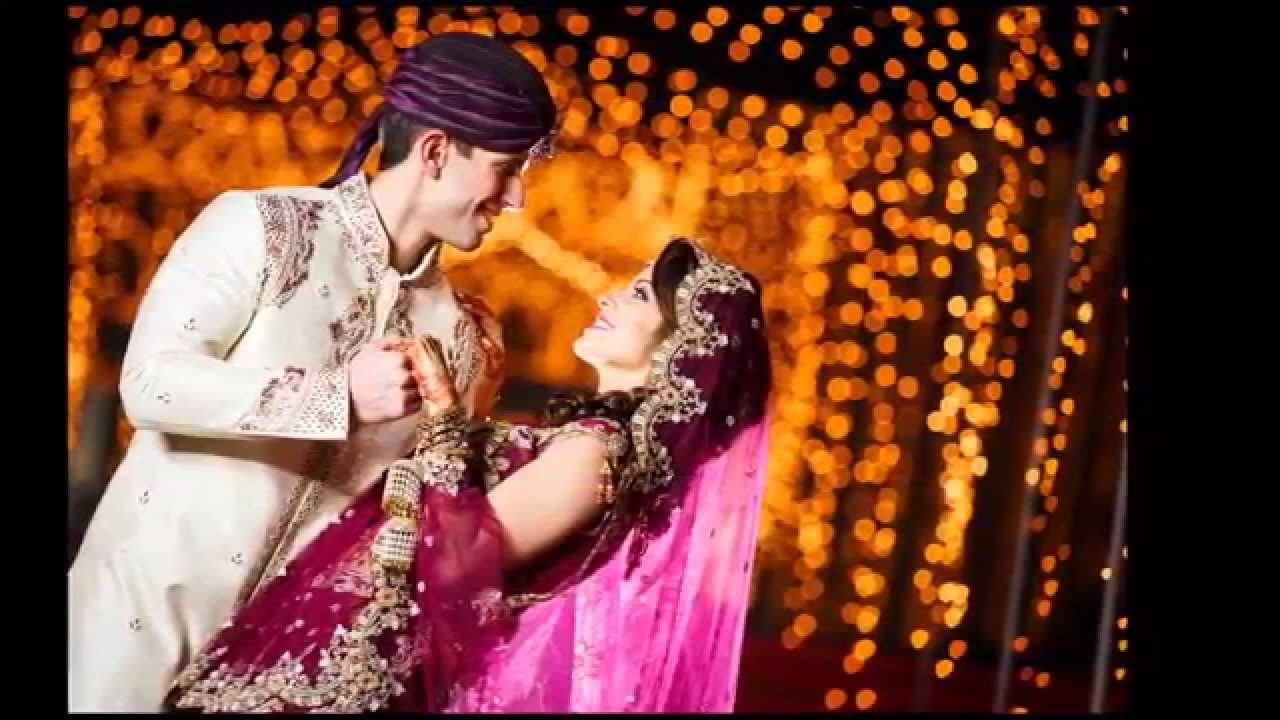What is Kabin in Marriage?
Introduction
Marriage is a significant institution that varies in its customs, traditions, and legal aspects across different cultures and religions. One such element of marriage, particularly in Islamic culture, is the concept of “Kabin.” Kabin, also known as Mahr in Arabic, is an essential component of a Muslim marriage contract, holding both religious and legal significance. This article delves into the concept of Kabin, exploring its origins, religious importance, legal implications, cultural variations, and contemporary relevance in Muslim communities worldwide.
Kabin is the Islamic marriage contract, also known as Nikahnama. It is a legal document that formalizes the marriage between a man and a woman according to Islamic law. The Kabin outlines the terms and conditions of the marriage, including:
- Mahr: The dowry or gift the groom gives to the bride.
- Rights and obligations: The rights and responsibilities of both the husband and wife.
- Conditions of divorce: The conditions under which the marriage may be dissolved.
- Witnesses: The names of the witnesses to the marriage.
The Kabin is a crucial document in Islamic marriages, as it serves as legal proof of the union and outlines the rights and responsibilities of both parties. It is typically signed by the couple, their witnesses, and a religious leader or marriage registrar.
Origins and Religious Significance of Kabin
Kabin, or Mahr, has its roots deeply embedded in Islamic teachings. The concept is derived from the Quran, the holy book of Islam, and the Hadiths, which are the recorded sayings and actions of the Prophet Muhammad (PBUH). According to Islamic tradition, Mahr is a mandatory gift from the groom to the bride as a token of respect, honor, and commitment. It symbolizes the groom’s willingness to provide for and support his wife throughout their marriage.
The Quran explicitly mentions Mahr in several verses, emphasizing its importance in the marriage contract. For instance, in Surah An-Nisa (4:4), it is stated: “And give the women [upon marriage] their [bridal] gifts graciously.” This verse highlights the obligatory nature of Mahr and the requirement for the groom to provide it to the bride willingly and without coercion.
Mahr is also seen as a form of security for the bride. It serves as a financial safeguard, ensuring that the bride has some form of economic stability in case the marriage faces difficulties or ends in divorce. The amount of Mahr is often agreed upon during the marriage contract and can vary widely depending on the couple’s circumstances, cultural practices, and economic conditions.
Legal Aspects of Kabin
From a legal perspective, Kabin plays a crucial role in Islamic marriage. In many Muslim-majority countries, the marriage contract, known as Nikah, is not considered valid without the inclusion of Mahr. The marriage contract typically outlines the amount of Mahr, the form it will take (whether it is monetary, property, or another asset), and when it will be given (either at the time of marriage or deferred to a later date).
In some jurisdictions, the legal system enforces the payment of Mahr as part of the marriage contract. For example, in countries like Pakistan, Egypt, and Iran, the legal system upholds the bride’s right to claim her Mahr in the event of divorce or the husband’s death. This legal framework ensures that the bride’s rights are protected and that the Mahr serves its intended purpose as a form of financial security.
Moreover, in some countries, the concept of Mahr has been integrated into the civil legal system, allowing for the enforcement of Mahr through the courts. This integration has led to interesting legal precedents and discussions about the interplay between religious customs and civil law. For instance, in some Western countries, courts have had to navigate the enforcement of Mahr agreements within the context of divorce proceedings, leading to diverse interpretations and rulings.
Cultural Variations in the Practice of Kabin
While the core concept of Kabin remains consistent across Islamic cultures, its practice and interpretation can vary widely depending on local customs, traditions, and societal norms. These variations can influence the amount of Mahr, the form it takes, and the timing of its payment.
- South Asia (India, Pakistan, Bangladesh): In South Asian Muslim communities, the practice of giving Mahr is deeply rooted in cultural traditions. The amount of Mahr can vary significantly, with some families opting for symbolic amounts as a gesture of goodwill, while others may demand substantial sums. In some cases, Mahr is paid in the form of gold jewelry, property, or even livestock. The practice of deferred Mahr, where the full amount is paid in installments or at a later date, is also common.
- Middle East (Saudi Arabia, Egypt, Jordan): In the Middle East, the practice of Mahr is often influenced by tribal customs and traditions. In some Gulf countries, the amount of Mahr can be quite high, reflecting the groom’s financial status and the bride’s family’s expectations. However, there has been a growing movement in some regions to advocate for more reasonable Mahr amounts to reduce the financial burden on young couples.
- Southeast Asia (Indonesia, Malaysia): In Southeast Asian Muslim communities, Mahr is often seen as a symbolic gesture rather than a significant financial obligation. The amount of Mahr is usually modest and is often given in the form of cash or gold. In some cases, the Mahr may include practical items that the couple can use in their married life, such as household goods.
- North Africa (Morocco, Algeria, Tunisia): In North Africa, the practice of Mahr varies by region and social class. In some rural areas, Mahr may include livestock, land, or other valuable assets. In urban areas, cash or gold is more common. The negotiation of Mahr is often a family affair, with both the bride’s and groom’s families involved in determining the amount and form of Mahr.
Contemporary Relevance and Challenges
In contemporary Muslim societies, the practice of Kabin continues to hold significant importance, both as a religious obligation and as a cultural tradition. However, the concept of Mahr has also faced challenges and criticisms, particularly in the context of changing societal norms and economic conditions.
One of the primary challenges is the increasing commercialization of Mahr in some cultures, where it has become a status symbol rather than a genuine expression of commitment and support. In some cases, families may demand exorbitant amounts of Mahr as a way to display wealth or social status, placing undue financial pressure on the groom and his family. This trend has sparked debates within Muslim communities about the true purpose of Mahr and the need to return to its original, more modest intent.
Another challenge is the tension between religious customs and modern legal systems, particularly in Western countries. As more Muslim couples marry in countries with different legal frameworks, there has been a growing need to reconcile the Islamic practice of Mahr with secular legal principles. This has led to complex legal cases where courts have had to determine whether Mahr agreements are enforceable under civil law and how they should be interpreted in the context of divorce proceedings.
Additionally, the practice of deferred Mahr has raised concerns about the potential for disputes between spouses. In some cases, the deferred Mahr may not be paid due to financial difficulties, leading to legal and marital conflicts. This has prompted discussions within Muslim communities about the importance of transparency and mutual understanding when negotiating Mahr agreements.
The Role of Mahr in Gender Dynamics

The practice of Mahr also plays a significant role in shaping gender dynamics within Muslim marriages. Traditionally, Mahr has been viewed as a form of protection for the bride, ensuring her financial security in the marriage. However, some critics argue that the practice reinforces patriarchal norms by framing the bride as a financial dependent on the groom.
In response to these concerns, some Muslim scholars and activists have called for a re-examination of the practice of Mahr to promote greater gender equality. They argue that Mahr should be viewed as a mutual gift between spouses rather than a one-sided obligation, and that both parties should have a say in determining the amount and form of Mahr. This approach emphasizes the importance of mutual respect and equality in marriage, aligning with the broader principles of Islamic teachings.
Moreover, in some modern interpretations of Islamic law, Mahr is seen as a way to empower women by giving them financial independence. By ensuring that the bride has her own assets, Mahr can provide her with the resources she needs to pursue her own goals and interests, both within and outside of the marriage. This perspective highlights the potential for Mahr to serve as a tool for promoting women’s rights and economic empowerment in Muslim societies.
Mahr and Marriage Sustainability
Beyond its legal and cultural significance, Mahr also plays a role in the sustainability of marriage. By requiring the groom to provide a tangible gift to the bride, Mahr encourages a sense of responsibility and commitment in the marriage. It serves as a reminder to the groom of his obligations to his wife and can help foster a sense of mutual respect and trust between the spouses.
Additionally, the practice of Mahr can help strengthen the bonds between families, as it often involves negotiations and discussions between the bride’s and groom’s families. This process can promote greater understanding and cooperation between the two families, laying a foundation for a harmonious and supportive marital relationship.
However, the effectiveness of Mahr in promoting marriage sustainability depends on how it is practiced. If Mahr is seen as a mere formality or if it becomes a source of conflict between the spouses, it can undermine the stability of the marriage. Therefore, it is important for couples to approach Mahr with a clear understanding of its purpose and to ensure that it is negotiated in a way that reflects their mutual commitment and respect.
Kabin: The Islamic Marriage Contract
Kabin, also known as Nikahnama, is a crucial legal document in Islamic marriages.
It serves as a formal contract that outlines the terms and conditions of the union between a man and a woman. The Kabin is not merely a piece of paper; it holds significant legal and religious importance, safeguarding the rights of both spouses and ensuring a harmonious marital relationship.
Understanding the Kabin
The Kabin is more than just a registration of marriage; it is a comprehensive agreement that defines the rights and responsibilities of the husband and wife. Key elements of a Kabin typically include:
- Mahr: The dowry or gift that the groom gives to the bride. It is a fundamental aspect of Islamic marriage and can be a significant financial contribution to the bride’s life.
- Marital Rights and Obligations: The Kabin outlines the mutual rights and obligations of both spouses. These may include matters such as the husband’s responsibility to provide for his wife, the wife’s duties in the household, and the couple’s shared responsibilities.
- Conditions of Divorce: The Kabin may specify the conditions under which the marriage can be dissolved. This could include terms related to talaq (divorce initiated by the husband), khula (divorce initiated by the wife), or other grounds for dissolution.
- Witnesses: The Kabin requires witnesses to validate the marriage. These witnesses can be individuals of any faith, but they must be trustworthy and knowledgeable about the marriage ceremony.
The Significance of the Kabin
The Kabin holds significant importance in Islamic law for several reasons:
- Legal Recognition: The Kabin is a legal document that is recognized by both religious and civil authorities. It provides official proof of the marriage and protects the rights of both spouses.
- Contractual Agreement: The Kabin is a contract between the husband and wife, outlining their mutual rights and obligations. It serves as a framework for their marital relationship and helps to prevent misunderstandings or disputes.
- Protection of Women’s Rights: The Kabin plays a crucial role in protecting women’s rights in Islamic societies. It ensures that women have certain rights, such as the right to receive mahr and the right to initiate divorce under certain circumstances.
- Religious Significance: The Kabin is a religious act that is performed according to Islamic rituals. It is considered a sacred bond between the couple and is seen as a blessing from God.
The Kabin Ceremony
The Kabin ceremony is a significant event in the lives of the couple and their families. It is typically performed by a religious leader, such as an imam or maulvi. The ceremony involves the recitation of verses from the Quran, the exchange of vows, and the signing of the Kabin document.
The Kabin in Modern Times
In modern times, the Kabin continues to play a significant role in Islamic marriages. However, there have been some adaptations to accommodate the changing needs and expectations of couples. For example, some couples may choose to include additional clauses in their Kabin to address specific concerns or issues related to their marriage. Additionally, there has been a growing awareness of the importance of the Kabin in protecting women’s rights, and efforts are being made to ensure that women are fully aware of their rights and obligations under Islamic law.
In conclusion, the Kabin is a vital document in Islamic marriages. It serves as a legal and religious contract that outlines the terms and conditions of the union between a man and a woman. By understanding the significance of the Kabin, couples can ensure that their marriage is based on a solid foundation and that their rights and obligations are protected.
Kabin, or Mahr, is a multifaceted and deeply significant aspect of Islamic marriage, with roots in religious teachings and cultural traditions. It serves as a symbol of the groom’s commitment to his bride and provides financial security for the wife. While the practice of Mahr varies across different cultures and legal systems, its core purpose remains the same: to honor and protect the rights of the bride in marriage.
In contemporary Muslim societies, the practice of Mahr continues to evolve in response to changing social, economic, and legal contexts. While it faces challenges and criticisms, Mahr also offers opportunities for promoting gender equality, marriage sustainability, and the empowerment of women. As Muslim communities continue to navigate these complexities, the practice of Mahr will likely remain a central and enduring element of marriage, reflecting the diverse and dynamic nature of Islamic tradition.
Ultimately, the significance of Mahr lies not just in its material value, but in its role as a symbol of love, respect, and commitment between spouses. By understanding and honoring the true purpose of Mahr, couples can strengthen their marital bonds and build a foundation for a lasting and fulfilling marriage.
আপনি যদি বিয়ের ব্যাপারে সিরিয়াস হয়ে থাকেন তবে
লিংকে ক্লিক করে ফ্রী রেজিষ্ট্রেশন করুন
অথবা বিস্তারিত জানতেঃ
Gmail:kabinbd4@gmail.com
01711462618 এ কল করুন ২৪/৭ সার্ভিস

























